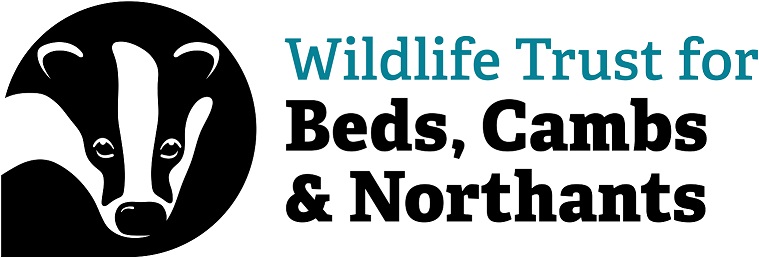The springtime riches of Strawberry Hill Nature Reserve are well known and sought after by local groups and enthusiasts, all hoping to experience a cacophony of bird song, including the vocally striking but visually elusive Nightingales. As such, I spend much of my time in spring guiding visitors on walks to experience these wonders. While this is undoubtedly a special experience and one which I enjoy being a part of – watching their reactions as they take in the lush tones of the Nightingale or their first Cuckoo call of the season (often closely followed by a 2nd, 3rd and 4th calling Cuckoo), I endeavour to encourage visitors to return in the summertime, to witness the reserve come alive in a different way. I receive far fewer requests for summertime walks, but despite this, and in my own humble opinion, summertime is the most visually rewarding time of the year.
June has always been a special time of the year for me (and not just because it’s my birthday month!). It heralds the onset of summer, bringing longer, warmer days (granted they were a little too warm this year) and the sudden blossoming of many flowering plant species – and with that the incessant hum of insects – the sound of abundant life and a healthy ecosystem. Summer is the time when life as a reserves officer slows down, just slightly, and we get to see for ourselves the benefits of the work that we do throughout the winter months. The rather bare and bleak looking openings and thoroughfares where my tireless volunteers incessantly sawed, lopped and strimmed suddenly blossom into verifiable glades and meandering rides, alive with life, colour and texture.









